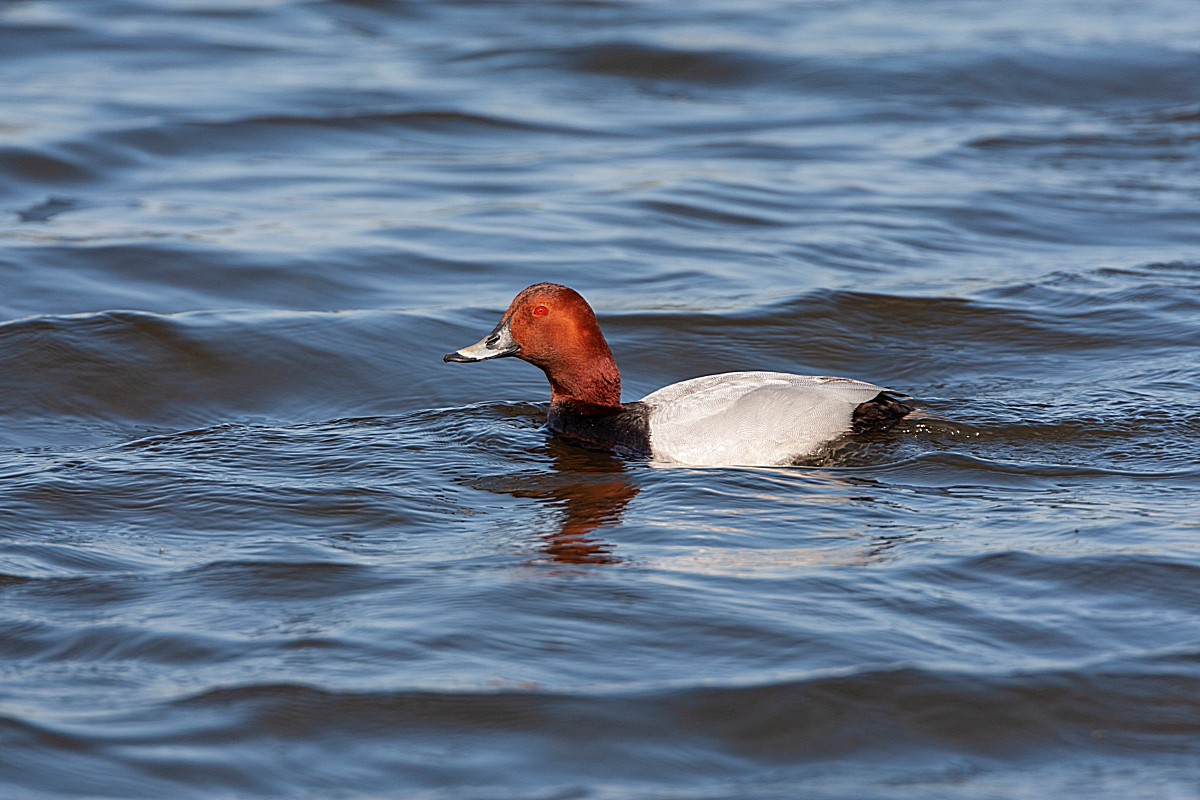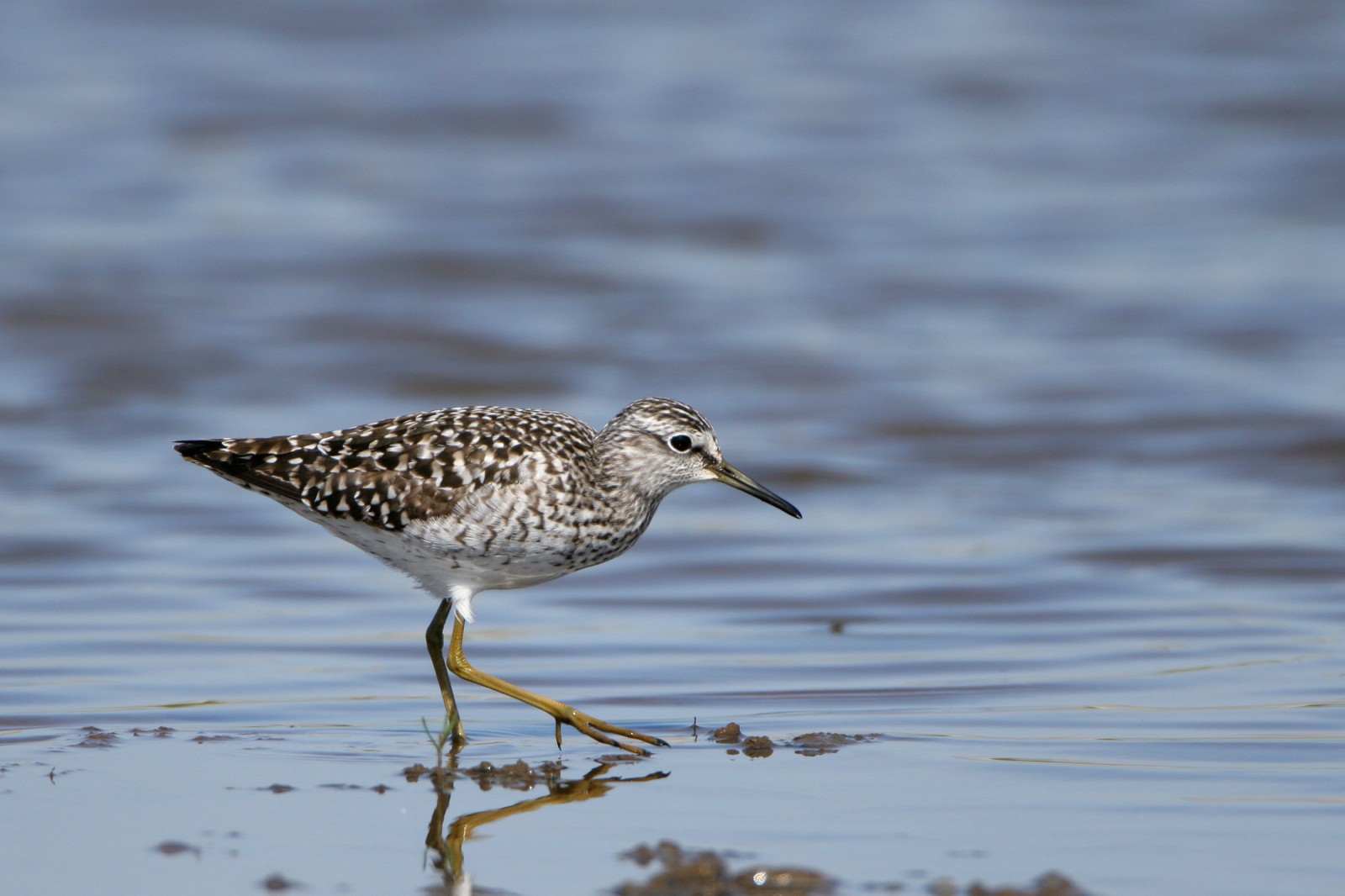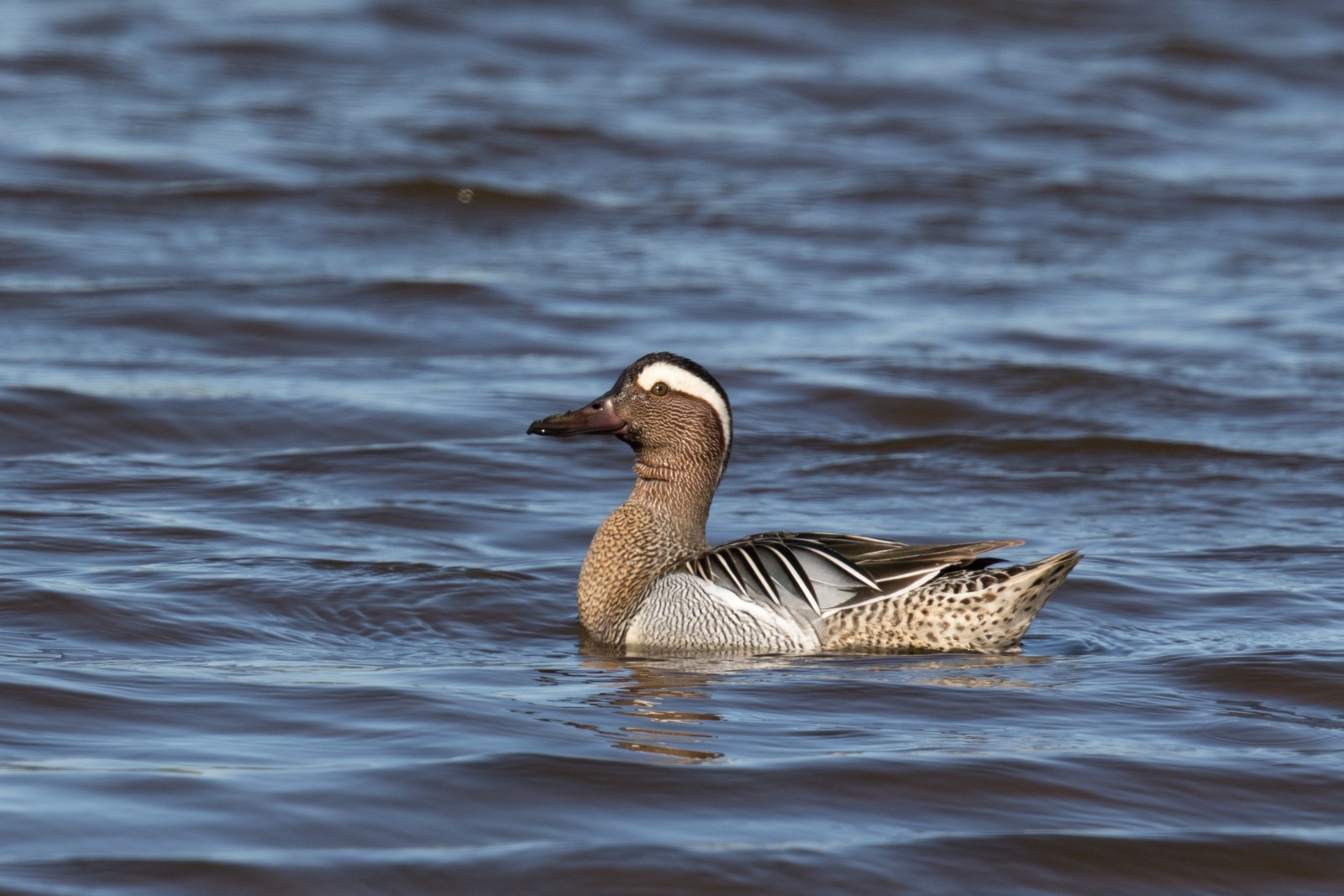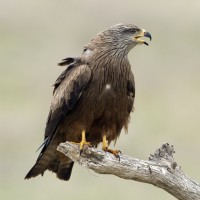Description
This major site in the department counts no less than 210 bird species among the 344 in the department. The pond is a protected natural area and managed to be favorable for birds and wildlife. The area is mainly composed of open water, meadows, woods and agricultural fields.
The breeding species are obviously waterbirds. Among ducks, the species worth mentioning are Gadwall and Garganey, and the well-established Common Pochard. A colonny of nesting herons (Grey Heron, Cattle Egret) and Great Cormorant is settled in a few trees around the lake but remains a small colonny. Considering songbirds, you can expect Zitting Cisticola, Sedge Warbler, Reed Warbler and Reed Bunting. On the wader side, Little Ringed Plover, Northern Lapwing and Stone-curlew use exposed banks for breeding.
During migration, a few interesting and regular species use the lake as a stopover: Greylag Goose, Ruff, Wood Sandpiper, Dunlin, Whiskered Tern, Sand Martin, Eurasian Spoonbill, Osprey, Northern Pintail, Black-tailed Godwit. It's the time of scarcities and rarities. These species have already been observed here: Sociable Lapwing, Red Phalarope, Glossy Ibis, Greater White-fronted Goose, Brent Goose and Ferruginous Duck.
In winter, the site is frequented by many ducks including Mallard, Common Teal and Common Pochard. Water Pipit is seen foraging on the shores with White Wagtail among which ssp. yarellii can be found.
Details
Access
From Angers, aim for Vihiers and Bressuire. As soon as you cross the Deux-Sèvres/Maine-et-Loire border, turn left to Etang de Beaurepaire. From Bressuire, aim for Vihiers. Before the Deux-Sèvres/Maine-et-Loire border, turn left to Etang de Beaurepaire. You can park on the site named "Beach" where a restricted acces is allowed.






